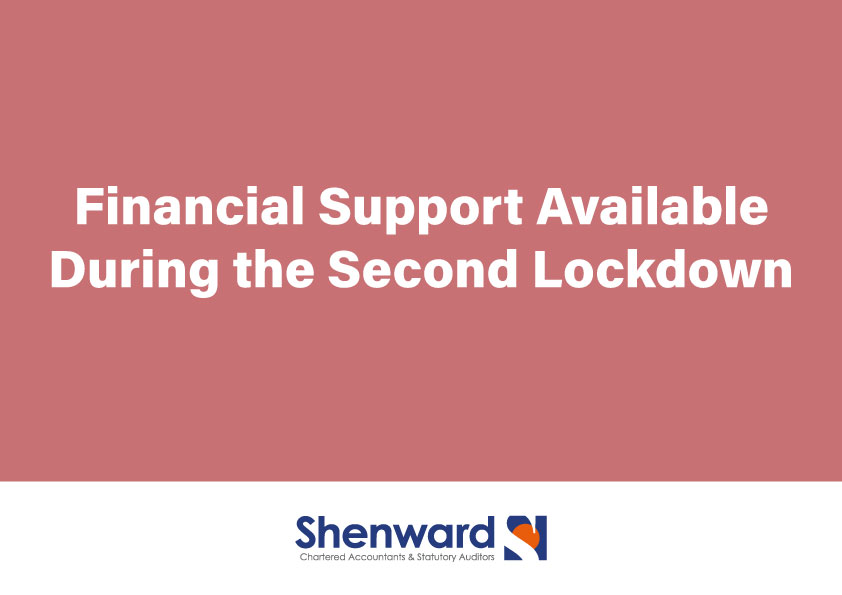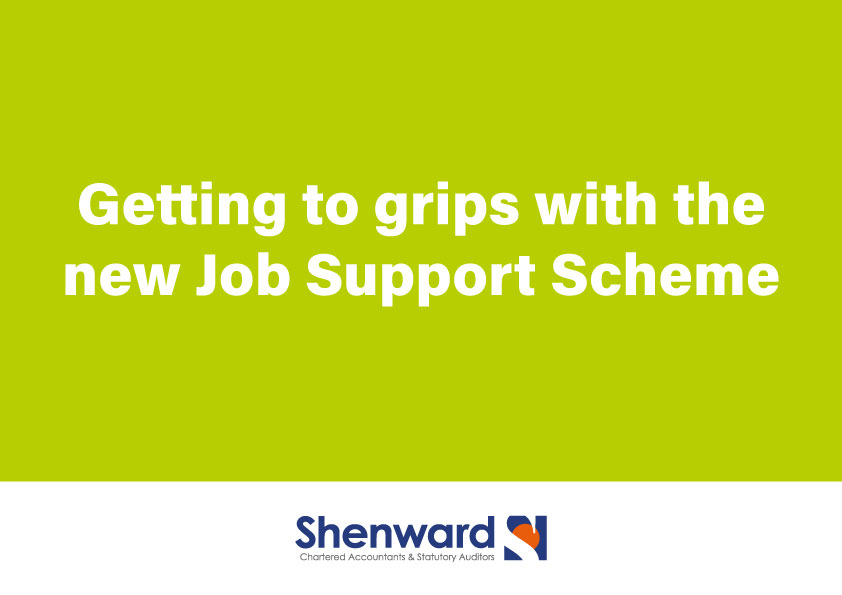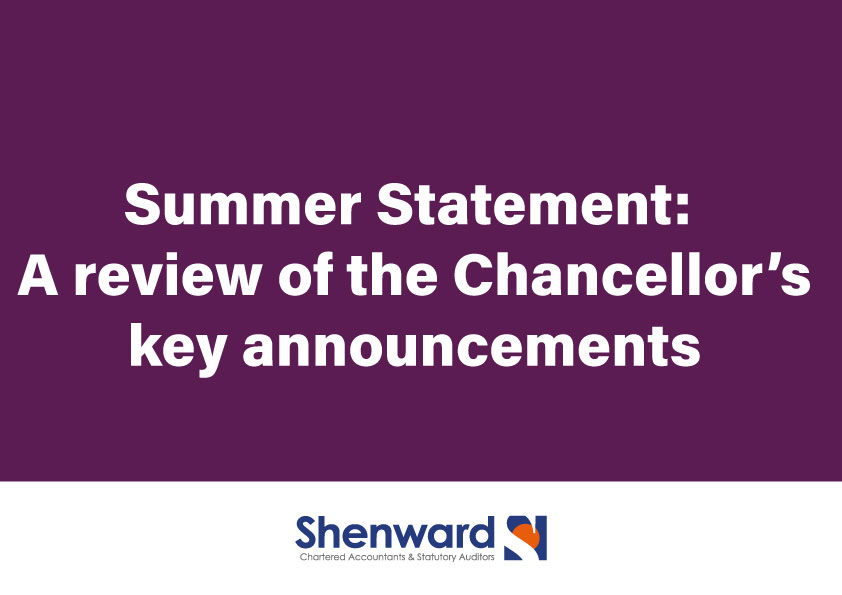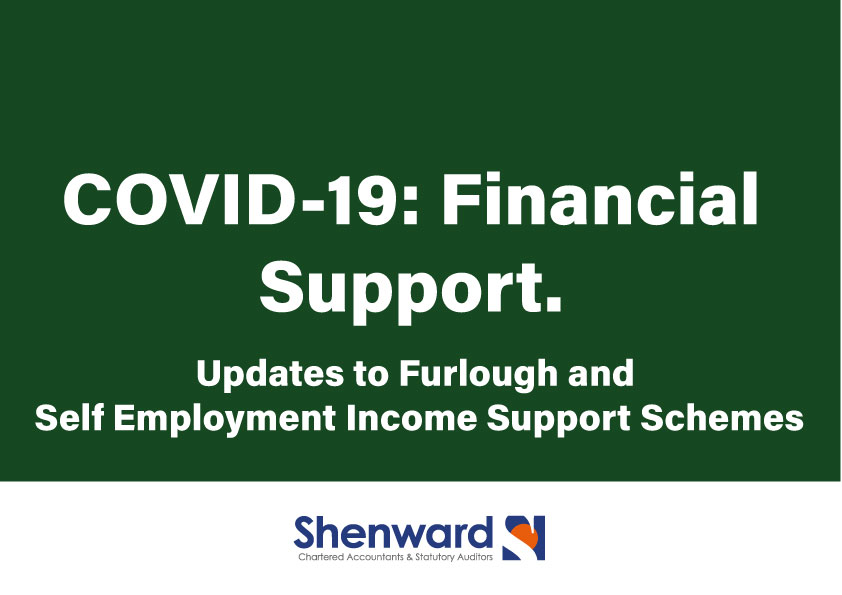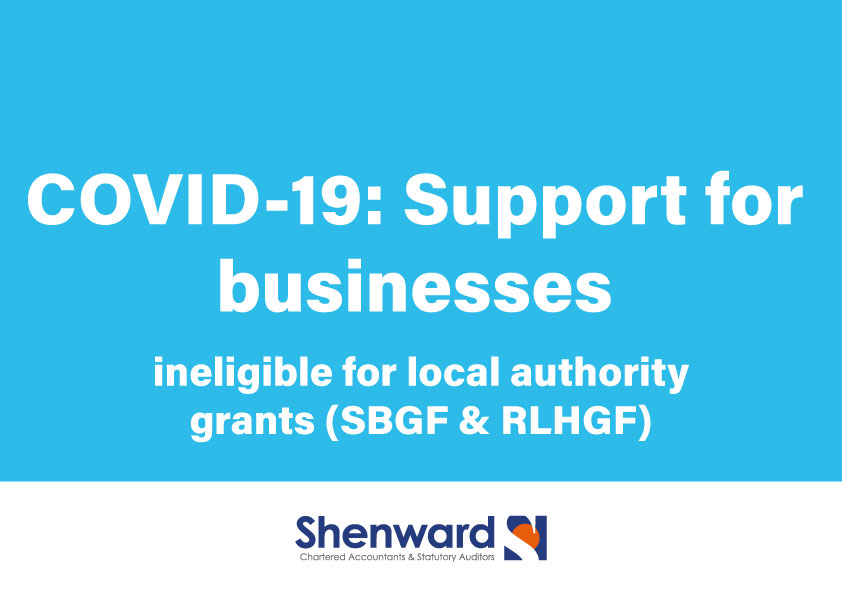Lockdown 3.0 came hard and fast just a day after most businesses returned to work after the Christmas and New Year break.
Businesses hoping for better times with the turn of the year were left disappointed and ‘non-essential’ shops hoping for a boost from the January sales were forced to close. Overnight the traditional ‘Happy New Year’ refrain seemed to stick in the throat somewhat.
The Government was quick to announce a new £4.6 billion package of financial help aimed at keeping businesses afloat until the Spring but for many that still won’t go far enough.
What the Government is offering is a good start but many firms are on the brink, even with furlough extended to the end of April.
There is only so long a business can sustain itself without any actual trade and the stop-start nature of the Covid-19 restrictions ramps up the pressure on businesses already under extreme stress.
Chancellor Rishi Sunak will look again at help for businesses in the Budget on March 3 but until then businesses should look closely at what is available.
Here we look at the financial support that it’s still not too late to claim.
What is the National Lockdown Grant announced on January 5 and who’s it for?
- One-off top ups for retail, hospitality and leisure businesses who are legally required to close;
- Those with premises with a rateable value of £15,000 or less can claim £4,000;
- Those with rateable value between £15,000 and £51,000 can claim £6,000;
- Larger businesses with rateable value greater than £51,000 can claim £9,000.
Coronavirus Job Retention Scheme (known as ‘furlough’)
It’s been around a while now but there are strict deadlines for claiming. Currently the Government will pay 80% of employees’ usual wages for hours they do not work up to a maximum of £2,500 per month.
The deadline for claiming for furloughed employees in December is January 14, for January it’s February 15.
The scheme is open until April 30.
Deferring VAT
VAT-registered businesses which had a VAT payment due between March 20 2020 and June 30 2020 can defer payments until March 31 2021.
Statutory Sick Pay Rebate
You can reclaim Statutory Sick Pay paid to employees off sick, self-isolating or shielding because of Coronavirus. It covers up to two weeks for eligible employees.
The company has to be UK-based and have had fewer than 250 employees since February 28 2020.
Christmas Support Payments for Pubs
If your pub was in Tier 2 or Tier 3 between December 2 and 29 2020 you may be eligible for a payment of up to £1,000.
The pub must be in England and have less than 50% in revenue from food sales.
Apply to your local authority before January 31 2021.
Business Rates Holiday for Retail, Hospitality and Leisure
Business rates have been waived for 2020-21 for retail, hospitality or leisure businesses. You should receive this automatically through your local authority if your business is eligible.
Coronavirus Business Interruption Loan Scheme
UK businesses can access loans of up to £5 million, as long as they have a turnover of less than £45 million a year.
They need to be considered viable by a lender if it was not for the pandemic and have been negatively impacted by Coronavirus.
The scheme is open until March 31 2021.
Coronavirus Bounce Back Loan
Small-medium sized enterprises and the self-employed may be able to borrow between £2,000 and £50,000, interest-free and repayment-free for the first 12 months.
Businesses must be UK-based, established before March 1 2020 and negatively impacted by Coronavirus.
The scheme is open until January 31 2021 and loans can be topped up to the maximum.
Time to Pay Service to Ease Tax Burden
HMRC offers a Time to Pay service for businesses struggling to meet their tax bill on time. Contact HMRC to see if your business is eligible.
Local Restrictions Support Grant for Businesses Forced to Close
Grants may be available from your local council if all or part of your business was closed by law at any time between August 1 and November 5 2020 or after December 2 2020.
Your business must have been in Tier 2, 3 or 4 and you can claim for each 14-day period your business was closed for. How much depends on the rateable value of your property.
Local Restrictions Support Grant for Businesses that Stayed Open
If your business was in a Tier 2 or 3 area between August 1 and November 5 2020 and stayed open you may have a claim.
You will have to show your business was negatively affected and payment is based on the rateable value of premises.
Additional Restrictions Grant
Local authorities were given extra money for businesses impacted by local restrictions.
Local authorities will decide who is eligible and for how much. Businesses which could benefit are those supplying a sector forced to close or if your business is in the events industry. It’s worth checking with your local authority about what’s available.
Self-Employment Income Support Scheme
The scheme is open for the self-employed to make a third claim – a taxable grant worth 80% of annual monthly trading profits, capped at £7,500 in total. Only those eligible for the first two rounds are eligible again.
The claim for a third grant runs from November 1 2020 to January 29 2021, and must be made on or before January 29 2021.
There’s a lot to take in but there’s more information on how to claim on the Government website www.gov.uk where you can enter in specific details about your business and see what’s available.
Just be aware of the deadlines because when it’s gone, it’s gone!



